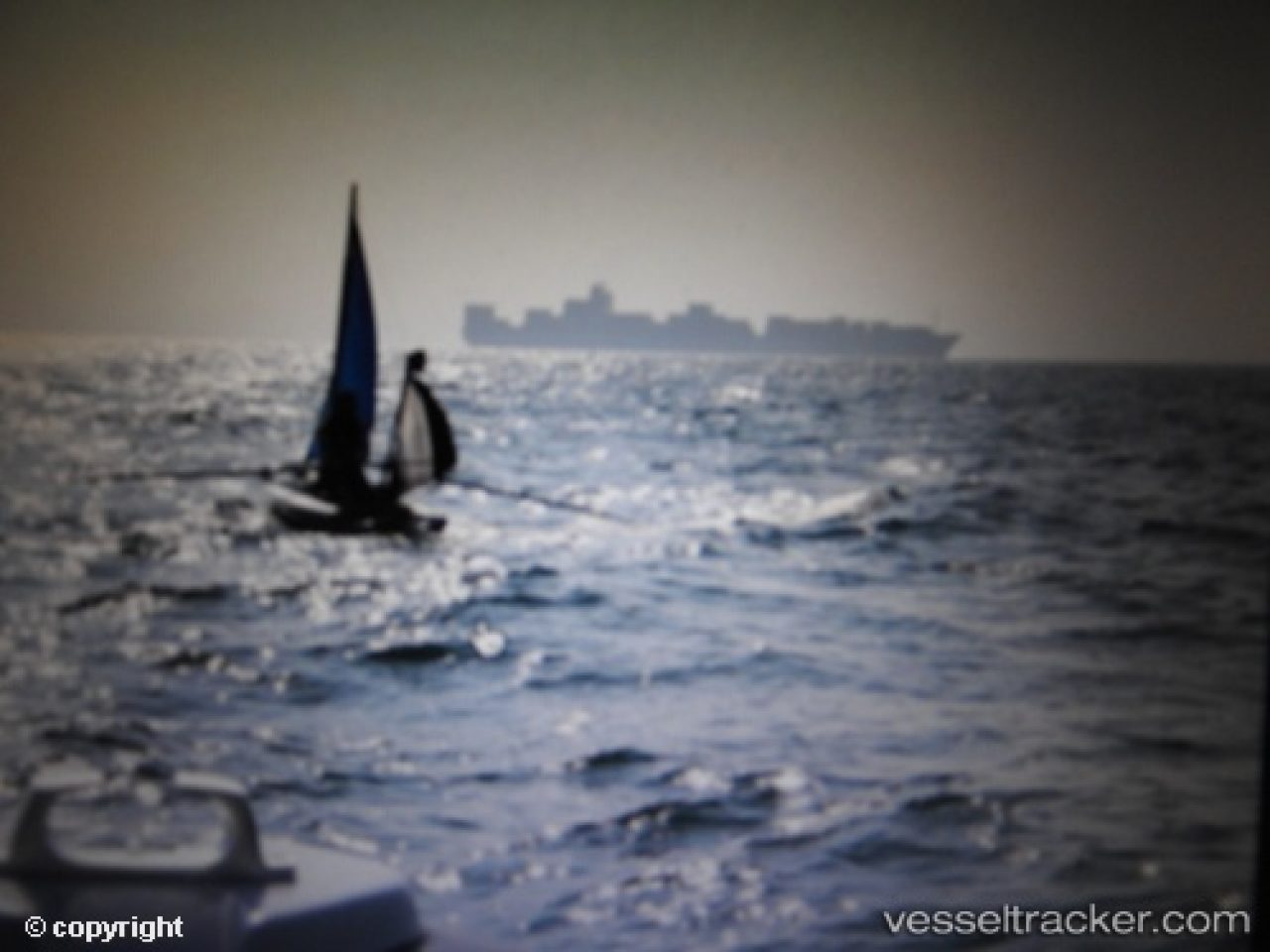These three towns are clustered around Tor Bay, well protected from the prevailing westerly winds and the swell that comes from the Atlantic Ocean.
I was to cross Tor Bay, a voyage of about 4.5 miles, and then row along the rugged coast between Brixham and Dartmouth.
The voyage taken by PicoMicroYacht. The English Riviera is defined by the green line
I had chosen a day when there was a full spring tide, going against my usual rule to row at neaps. However, the wind was forecast to be Force 1-2 from the west, and the sea state was reportedly smooth or slight. Also I was capitalising on being shielded by the South Devon land mass, Tor Bay facing east.
As I set off a Sadler 26 was cleaning their copper coated bottom on the main Torquay slipway. The owner had chatted to me as his helper worked on the boat and explained he knew about PicoMicroYacht, having sailed the Devon coast in a 17 foot open boat.
As I set off a Sadler 26 was cleaning their copper coated bottom on the main Torquay slipway. The owner had chatted to me as his helper worked on the boat and explained he knew about PicoMicroYacht, having sailed the Devon coast in a 17 foot open boat.
I set off and found it seemed to be slow going crossing Torbay, despite the forecast, as a light headwind got up from an unpredicted direction and the tide had not yet turned in my favour.
Passing Brixham, this all changed and the wind disappeared, with the tide now sizzling past the coast and setting up areas of sea turbulance around the exposed headlands, but not enough to worry PicoMicroYacht.
As I looked to the side I saw some lobster pot buoys submerged in the water, as the tide tugged on them. A dolpin showed up but was too fleeting to be photographed.
Nearing Dartmouth the sea was near glassy calm. Start Point is shown in the distance.
Behind was the Mew Stone, a large jagged rock typical of the Devon coast
Soon I was just outside Dartmouth and eating lunch whilst I waited for the tide to start flooding up the Dartmouth Estuary.
The Darthaven Marina were most welcoming and allowed me to keep PicoMicroYacht on their pontoons for a while as I sorted myself out.









